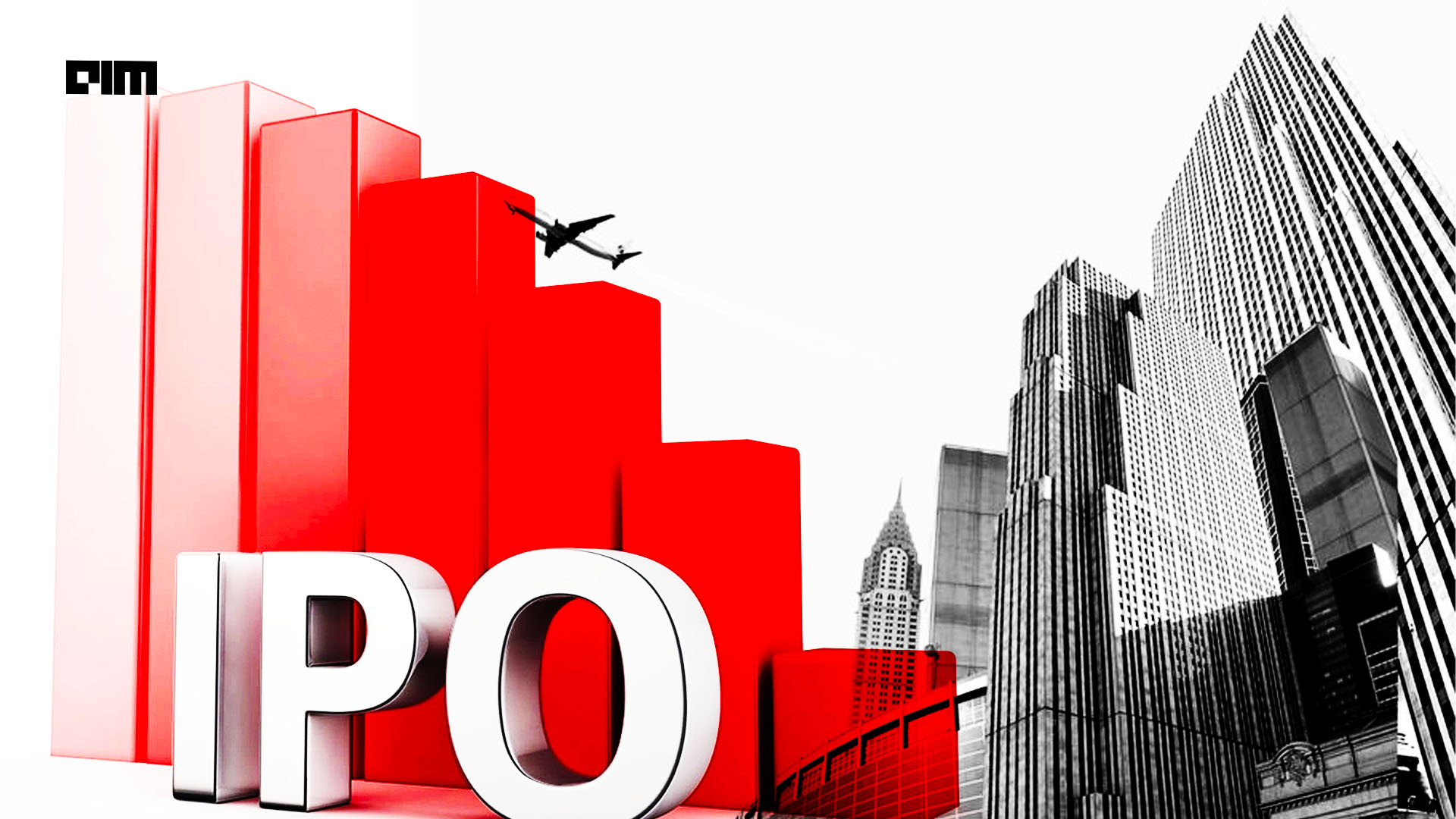Figma’s public listing on July 31 was one of the biggest IPOs of the year. The design software company priced shares at $33 and closed its first day of trading at $115.50, ending with a market capitalization near $68 billion. It raised $1.22 billion, making it the largest venture-backed software IPO since 2021.
The company had initially been positioned for acquisition in 2022, when Adobe offered $20 billion before the deal was blocked by regulators. After the collapse of that transaction, Figma focused on strengthening its enterprise narrative and integrating AI into its product suite. “They had so many case studies of their large enterprise clients saving lots of time and money because of the AI tools that they’ve built into their products,” one investor familiar with the company said.
According to Derek Hernandez of PitchBook, Figma now holds “near-monopolistic dominance” in design collaboration tools. Matt Kennedy, a senior strategist at Renaissance Capital, noted that deals like this are rare in the current environment: “Fast-growing software IPOs have been extremely scarce during the past three years, so transactions like Figma’s tend to attract a lot of attention.”
That renewed attention has translated into broader IPO activity across AI, fintech, crypto infrastructure, and enterprise SaaS.
CoreWeave’s Stock Quadrupled Post-IPO. Its Growth Story Is Tied to AI Infrastructure Demand.
In March, CoreWeave priced its IPO at around $40 per share and saw the stock more than quadruple within weeks, at one point crossing $160. The company raised $1.5 billion and became the most valuable venture-backed tech firm to go public this year.
CoreWeave provides GPU-based cloud infrastructure optimized for large-scale AI workloads. Its clients include OpenAI, Mistral, and Inflection. But the company’s revenue remains heavily concentrated, 72% of its Q1 sales came from Microsoft.
Mizuho’s Gregg Moskowitz downgraded the stock from outperform to neutral in July. “We view shares as appropriately valued, while acknowledging the outsized returns since CoreWeave’s IPO,” he wrote. He raised the firm’s target price from $70 to $150 but flagged high volatility and customer concentration as risks.
CoreWeave also announced a $9 billion all-stock acquisition of Core Scientific, an infrastructure provider for digital assets. “We believe this reflects good value given [CoreWeave’s] ability to verticalize the infrastructure supply chain,” Moskowitz wrote.
Several More Tech IPOs Are Expected This Year. Cerebras, Discord, and Klarna Are Among the Most Closely Watched.
Cerebras Systems, the Sunnyvale-based AI chipmaker known for its wafer-scale processors, filed a confidential S-1 with the SEC in late 2024. It initially planned to raise up to $1 billion at a valuation between $7 billion and $8 billion. The listing has been delayed following a national security review of its ties to Abu Dhabi’s G42, a major investor. CEO Andrew Feldman confirmed the company still hopes to go public in 2025, pending regulatory clearance. Feldman confirmed the company is still aiming to go public before the end of the year: “That’s our aspiration,” he told reporters in June.
Discord, the communications platform used widely across gaming and enterprise collaboration, is also expected to file in the second half of the year. The company has not yet made a formal submission but is targeting a valuation exceeding $15 billion. Investors expect Discord to benefit from the same post-Figma investor appetite for brand-driven software platforms.
In fintech, Klarna had originally targeted a spring IPO but paused those plans amid market volatility following the 2024 U.S. elections. The Stockholm-based company reported 93 million customers across 26 countries and a 24% increase in revenue during 2024. A listing is now being considered for September. Klarna would follow other fintech companies that have successfully gone public this year, including Circle, Chime, and eToro.
Genesys Cloud, an AI-powered customer experience software provider, confidentially filed its draft S-1 in October 2024. The company posted more than $1.6 billion in ARR with approximately 10% of bookings tied to AI features. The IPO was initially expected in April or May but has been delayed due to broader market volatility. It remains in the pipeline for a late 2025 offering.
Smaller IPOs Like Ambiq, StubHub, and DailyPay Reflect Sector Diversity
While most of the attention has gone to larger enterprise tech firms, a number of smaller IPOs have also gained traction. Ambiq Micro, an Austin-based chipmaker specializing in ultra-low-power AI processors, priced its IPO at $24 in July and closed at $38.53, marking a 61% gain. The company’s edge chips are used in wearables, medical devices, and industrial sensors. “Because we’re so low energy, we can put more intelligence and more AI on board,” CTO Scott Hanson told TechCrunch. Ambiq Micro announced last week that it is kicking off its IPO by offering 3.4 million shares of common stock, with a price range expected between $22 and $25 per share. At the high end, the company is aiming to raise $85 million and achieve a $426 million market capitalization. The stock will trade on the New York Stock Exchange under the ticker symbol “AMBQ.”
StubHub, which filed in March under ticker STUB, is preparing for a listing later this year. The ticketing platform generated $1.77 billion in revenue last year but posted a modest net loss after a profitable 2023. Its IPO is seen as a test case for the broader consumer tech segment. “StubHub remains one of the most closely watched IPOs this year and ahead of FIFA 2026,” said IPOX CEO Josef Schuster.
DailyPay, a payroll platform that allows employees to access wages before payday, is planning a public debut as early as Q4 2025. The company is reportedly seeking a $3–4 billion valuation and has been in discussions with underwriters. It serves over 4.5 million workers through partnerships with companies like McDonald’s, Target, and ADP.
Why This Is Happening Now
The pickup in IPO activity is being driven by a mix of stable public market valuations, increased investor interest in AI-linked infrastructure, and stronger fundamentals among private tech companies that stayed out of the market during 2022 and 2023.
That activity isn’t limited to one sector. “It hasn’t been just one sector or one industry,” said Craig Schedler, vice-president of venture and corporate development at Northwestern Mutual. “You’ve seen fintech. You’ve seen crypto, which is obviously growing a lot, and given the regulatory tailwinds, we expect that to continue to be a hot market. Netskope, another name on our outlook, that’s a cybersecurity company. StubHub, another one. That’s an e-commerce player. So it’s definitely not a one-sector narrative that’s driving the market.”
According to Schedler, the bar for IPOs is higher than it was five years ago. Companies need either profitability or a clear path to it. “If you’re not profitable, ideally like a Chime, you better be able to show a strong path to profitability,” he said. “If you’re lacking one of those two elements, the public markets aren’t going to be very receptive.”
He added that investor psychology is starting to shift: “Nobody wants to be first, and once you get one and now two that have done well post-IPO, it breaks the logjam, so to speak, and you see a lot more companies looking at it and considering it as an option now, where maybe they wouldn’t have six to nine months ago.”










